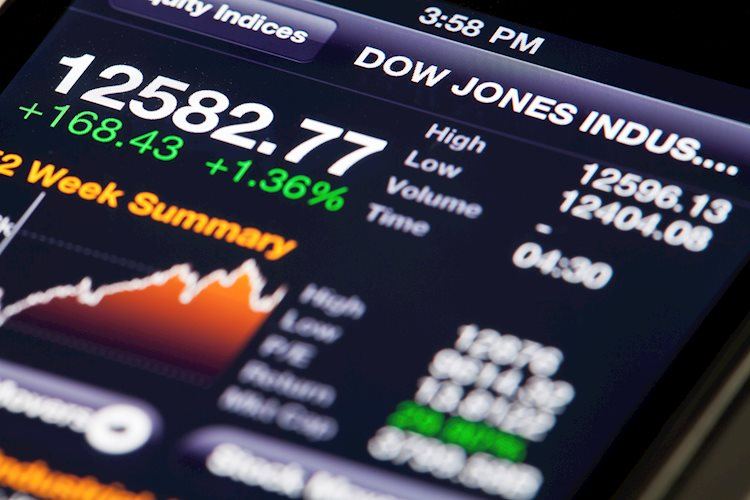The Dow Jones Industrial Average remained flat on Friday as investors reacted to upbeat data in the US. The market had been hoping for a decline in economic data to prompt the Federal Reserve to consider rate cuts, but instead, the latest figures were better than expected. This disappointed investors who had been banking on “bad news is good news” sentiment to push for cheaper lending rates from the Fed. US Purchasing Managers Index (PMI) figures rose in June, with the Manufacturing PMI at 51.7 and the Services PMI at 55.1, both beating Wall Street forecasts.
Despite the positive PMI figures, US Existing Home Sales dipped slightly in May. However, the decline was less than forecasted, indicating mixed economic data that continues to fuel expectations for a rate cut in September. Rate traders are currently pricing in a 65% chance of a rate trim at the Federal Open Market Committee’s (FOMC) meeting in September. The Dow Jones’ performance on Friday reflected the market’s uncertainty, with over two-thirds of the index’s securities seeing marginal gains, while sectors like banking struggled amid conflicting data and rate cut hopes.
The Dow Jones technical outlook for the day remained subdued, as the index struggled to gain momentum above 39,200. Trading in a tight range, the DJIA briefly reached a weekly high near 39,260 before retracing. Daily candlesticks showed a recovery above the 50-day Exponential Moving Average, indicating a bounce back from recent lows. However, the index’s movements were reflective of the cautious sentiment in the market, as investors weighed conflicting economic data against rate cut expectations from the Fed.
The Dow Jones Industrial Average is a renowned stock market index comprising the 30 most traded stocks in the US. Founded by Charles Dow, the index is price-weighted and represents a snapshot of the US equity market. It has been critiqued for its limited representation of just 30 conglomerates compared to broader indices like the S&P 500. Factors driving the DJIA include company earnings reports, macroeconomic data, interest rates set by the Fed, and inflation metrics. These variables can influence investor sentiment and impact the index’s performance.
Dow Theory, developed by Charles Dow, serves as a method for identifying the primary trend of the stock market. By comparing the direction of the DJIA and the Dow Jones Transportation Average, traders can discern market trends. The theory includes analysis of volume and different trend phases, such as accumulation, public participation, and distribution. Various trading strategies exist for the DJIA, including ETFs, futures contracts, options, and mutual funds. Each offers investors a unique way to gain exposure to the index and capitalize on market trends.











